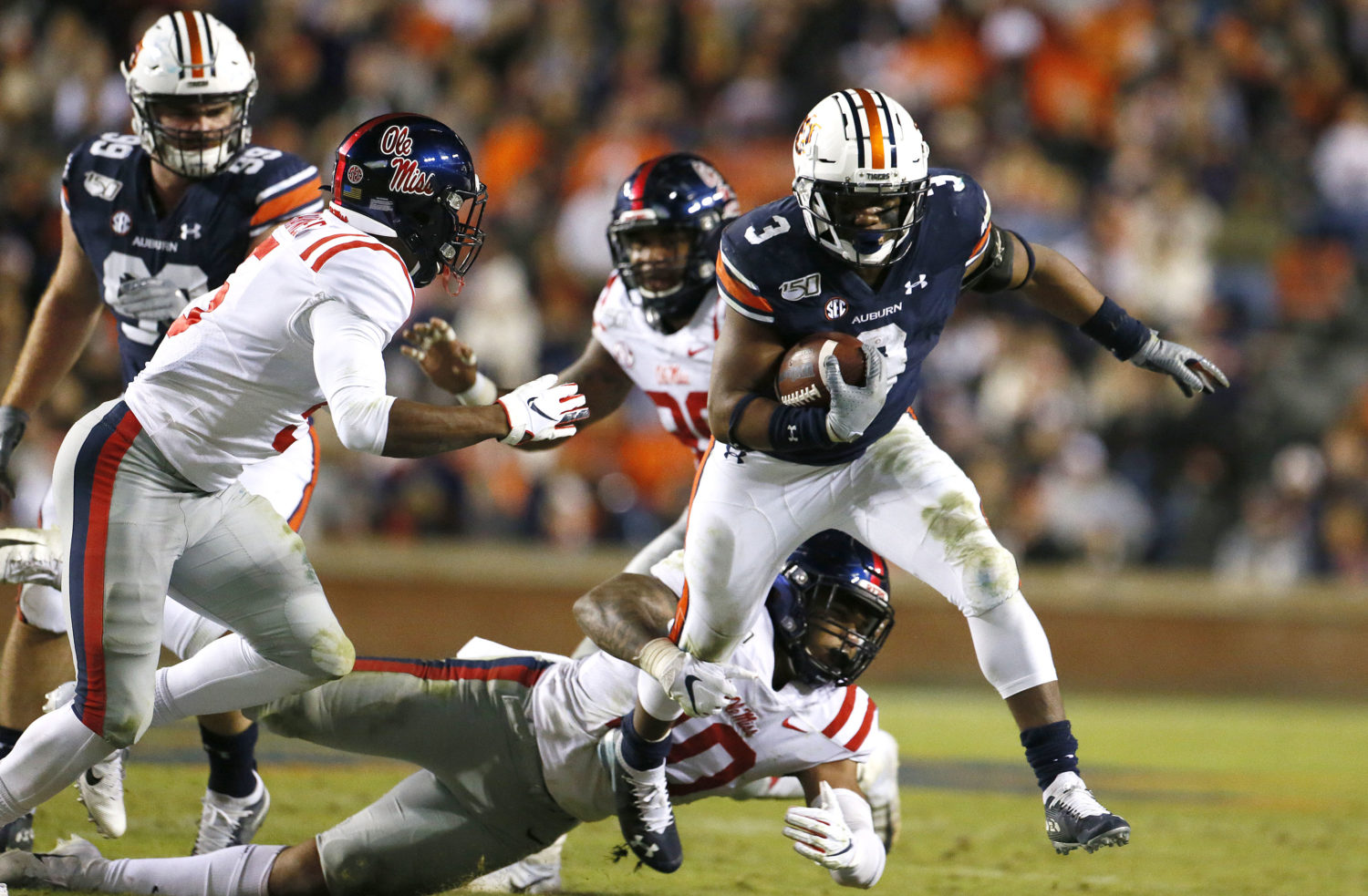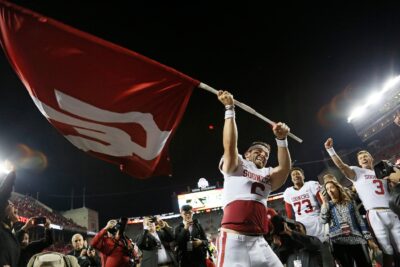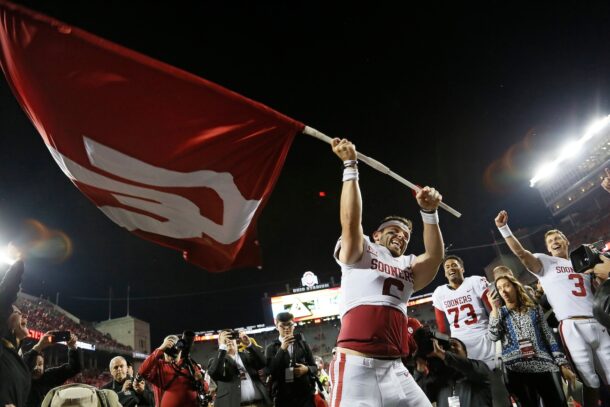
Until 2 seasons ago, the Auburn Tigers had produced a 1,000-yard rusher in 9 consecutive seasons dating to 2009, which was head coach Gus Malzahn’s first season on The Plains.
Sad to say, but that streak ended in 2018 when the lead back, JaTarvious Whitlow, didn’t even exceed 800 yards (787). Even sadder to say, Auburn has now gone 2 seasons without producing a 1,000-yard rusher, which feels strange. The Tigers haven’t gone 3 consecutive seasons without a 1,000-yard rusher since 2006-08.
The 2020 season is quickly approaching, however, and it’s a new day. So, one of the questions surrounding this squad is whether the Tigers will be able to get back to producing a running back — or any player, for that matter — with more than 1,000 yards?
A 10-game regular-season certainly won’t help. But it’s a question with plenty of layers that need to be peeled back in order to find an answer.
Auburn has talent at the position
Running back could be Auburn’s deepest position. Yes, the team’s leading rusher from the past 2 seasons, Whitlow, is gone after 1,550 rushing yards and 16 scores during that time. But the Tigers still have plenty of talent.
D.J. Williams is the returning leader in rushing yards from last season. Don’t let the total (400 yards) fool you. He ran for 130 yards against LSU last season. He is expected to be a breakout candidate, as long as he gets a handle on the starting job over several other qualified candidates.
Those candidates include: Mark-Antony Richards, Shaun Shivers, Harold Joiner and freshman phenom Tank Bigsby.
Bigsby is an interesting player to monitor. The 6-foot, 204-pound running back was rated as the No. 39 overall prospect and No. 4 running back, according to the 247Sports composite rankings.
The Hogansville, Ga., native does not possess elite home-run speed, but he has enough to be productive in that area. In fact, there aren’t many weaknesses to Bigsby’s game. It’s simply a matter of learning the offense and gaining the trust of the coaching staff.
At the very least, Auburn has 3 or 4 running backs who can be trusted with some sort of workload.
In terms of producing a 1,000-yard rusher, obviously the more divided the carries, the more difficult the task becomes.
Chad Morris might be a game-changer
Chad Morris’ contributions to Auburn’s run game cannot be overstated. Let’s take a look at his history as an offensive coordinator and head coach on the collegiate level.
When Morris was the offensive coordinator for Clemson from 2011-14, he helped produce 3 1,000-yard rushers:
- 2011: Andre Ellington (1,178 yards)
- 2012: Andre Ellington (1,081 yards)
- 2013: Roderick McDowell (1,025 yards)
In fact, 2014 was the only season Morris didn’t see one of his rushers exceed the 1,000-yard mark. That lack of a 1,000-yard rusher carried over into his first season of being the head coach at SMU in 2015. But the following 2 seasons yielded players who exceeded that target:
- 2016: Braeden West (1,036 yards)
- 2017: Xavier Jones (1,075 yards)
Morris became the head coach at Arkansas in 2018. His first season in Fayetteville saw Devwah Whaley and Rakeem Boyd splitting up the action until Whaley got hurt. That division of carries early on prevented Boyd (734 yards on only 123 carries) from being a 1,000-yard rusher.
The 2019 season was a different story, however. Boyd had 184 carries, and he turned those opportunities into 1,133 yards (6.16-yard average) and 8 touchdowns en route to finishing 4th in the SEC in yards per game (94.42).
In other words, Morris has a history of producing 1,000-yard runners.
The offensive line is a complete mystery
Auburn’s 5 offensive line starters in 2019 were not considered a dominant group despite the talent. Inconsistency plagued their effort, and now 4 of those 5 starters are gone.
Time will tell whether the o-line overhaul will lead to better rushing results, but coaches are optimistic.
Nick Brahms is veteran leader of the group after starting 5 games in each of the past 2 seasons. In fact, he is the only offensive lineman on the roster who has started a game. He’s projected to start at center.
Beyond Brahms, there is unproven talent — but talent, nonetheless.
If emerging players such as right tackle Brodarious Hamm, graduate transfer Brandon Council, Keiondre Jones and Tashawn Manning can all step up, this could surprisingly be a better group collectively than last year’s veteran group.
Size could also play an important factor from a run-blocking perspective. Check out this projected starting lineup:
- LT Austin Troxell (6-6, 312)
- LG Brandon Council (6-4, 325)
- C Nick Brahms (6-3, 299)
- RG Keiondre Jones (6-3, 335)
- RT Brodarious Hamm (6-5, 330)
If that group becomes the starting 5, that would be an average of 320.2 pounds across the offensive line. Plenty of size needed to go move opposing linemen in the run game.
Will the schedule factor in?
There are several major hurdles standing in the way of the Tigers producing another 1,000-yard rusher, but none might be bigger than the schedule.
The first is obvious: 10 games, all against SEC opponents. That means that any player with his eyes set on exceeding 1,000-yards has to produce more yards on a per game average without the benefit of any nonconference cupcakes.
Even if Auburn played a max of 13 games (10 regular-season, 1 conference championship and 2 Playoff games), a running back would have to average 76.9 yards. A doable mark, but that’s considering everything else goes right. If the Tigers only play 10-11 games, that number would have to be between 90 to 100 yards per game.
Auburn added South Carolina and Tennessee to the 2020 schedule. Both are led by defensive-minded head coaches.
Final verdict
Auburn saw its historical run of producing 1,000-yard running backs end in 2018. Kerryon Johnson was the last Tiger to do it back in 2017 when he ran for 1,391 yards and 18 scores. So, can Auburn bounce back?
Even considering the addition of Morris as the assumed play-caller, the idea seems highly unlikely. That isn’t necessarily a bad thing, however. We have already covered the schedule, but it’s combining that large obstacle with the current stable that makes it so difficult to project.
Auburn might finish in the top third of the SEC in rushing by deploying a committee approach. That’s what happened last year. The Tigers finished 4th in rushing as 5 Tigers topped 280 yards rushing. (For comparison’s sake, Alabama had 2 players top 280 yards.)
Williams, once he returns next week, should resume his role at or near the top of the depth chart. That’s one hurdle. Then, there is the expected usage of Bigsby during his first season. He’s talented enough to handle a large workload, but he obviously won’t get it with so many mouths to feed. That’s two.
Combine those two with Shivers — who is capable of handling between 50 to 100 carries in a change-of-pace role — and an emerging talent like Richards, and it is difficult to see any one player getting enough action to exceed between 80-100 yards a game over the course of a season.
With all that being said, don’t be surprised if the running game looks significantly better, as a whole, when compared to the past 2 seasons.
Clint helps cover the SEC West for Saturday Down South. His work can also be found on USA TODAY Sports, The 'Bama Beat podcast and The Bullpen with TonyMac and The Lamb. Previous stops include SEC Country, 247Sports and Touchdown Alabama Magazine.







